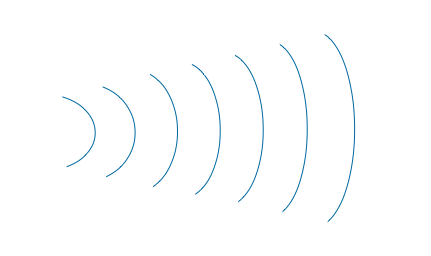
Acoustics – Introduction
TestHiFi is easy to use and provides meaningful measurements.
The app TestHiFi is programmed to measure and interpret acoustical data most easily.
Consequently, it does not need any understanding of the theory behind measurements and acoustics. Although the latest professional specialist knowledge of the audio industry fully backs the TestHiFi measurement.
Now that you acquired a „green“ or at least „amber“ audio system with the help of TestHifi.
Or checked that your existing system measures well:
After that – how about releasing it’s full sound quality potential?
Why bother with theory?
The IAP2 level of TestHiFi provides detailed insight into residual problems of your sound system. Combining these results with a basic knowledge of acoustics helps to find the most effective use of your audio system – for example:
Optimum placement of loudspeaker and listener. Understanding some limitations of loudspeaker systems. Or what you can do to improve room acoustics.
For those interested, I intend to offer a series of blogs about acoustics. I will try to illustrate some unavoidable mathematical formulas. And explain those technical terms used.
For experts – please accept my apologies if most of the content is presented simplified. No terminology like „bode plot“, „transfer function“ and so on. And of course I am happy to receive corrections and other feedback to evolve our little introduction into acoustics.
The perfectionist’s dilemma:
For perfectionists I admit that, as far as I know, there exists no common set of rules that lead to „perfect room acoustics“ for sound reproduction. Some seem to prefer an absorptive („dead“), some a more reflective or diffuse („life“) environment. The methods to achieve „good“ room acoustics differ widely.
My intention is to provide simple hints: let your room’s acoustics help to compensate small deficiencies instead of increasing them. Understand loudspeaker radiation characteristics and use TestHiFi for their setup. Or play with TestHiFi to check my claims.